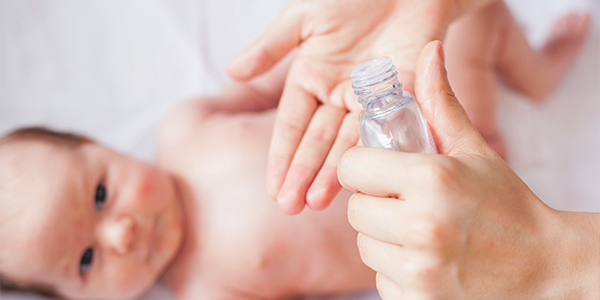When an uncomfortable-looking rash suddenly develops on your child’s skin, it’s natural to worry. A variety of skin rashes are common during childhood. Fortunately, many can be cared for with over-the-counter medications while carefully observing your child at home.

Amy Gilliam, M.D., a pediatric dermatologist at the Palo Alto Medical Foundation, specializes in treating skin conditions in kids and offers the following tips on when you can watch and wait, and when you should head to the doctor.









